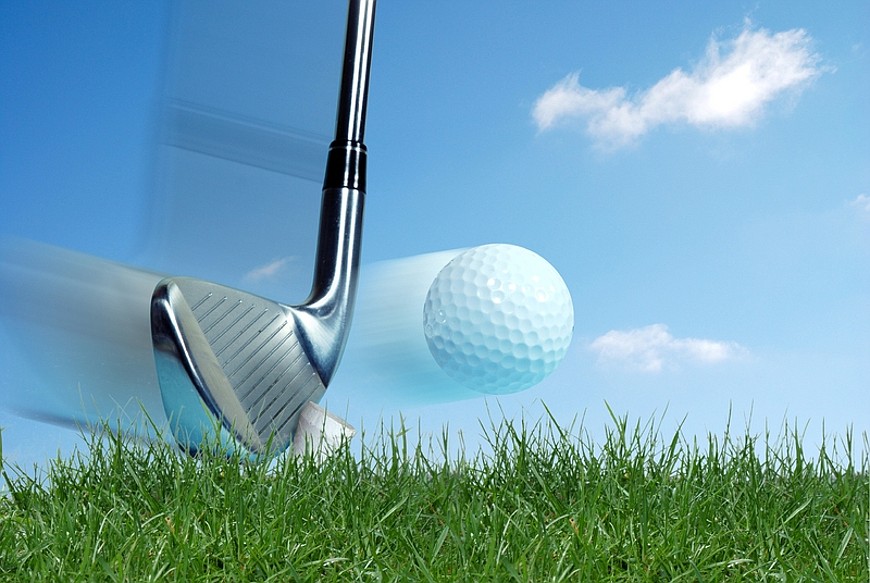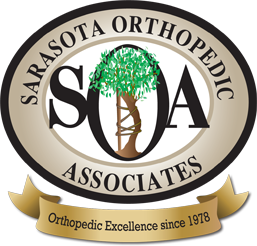- May 5, 2024
-
-
Loading

Loading

With today’s modern golf swing, there are numerous muscle groups and joints which need to be on the same page to best provide one with an effective, powerful stroke while minimizing the risk of injury. An often neglected part of the body with regards to many players’ swings is the hip joint and its surrounding structures.
Prevention
Placing focus on properly preparing the hip joint to maintain appropriate flexibility will best ensure that it can withstand the forces seen with one’s golf swing. Basic stretching exercises for the hamstrings, hip flexors, and rotators are essential. The average PGA golfer has roughly 45° of hip internal rotation. Lacking internal rotation leads to increased extension of a golfer’s pelvis which can result in low back pain and decreased drive. In addition, recent studies have shown that golfers with strong hip musculature have lower handicaps and longer driving distances compared to those with weak hip muscles. Combined with safe core strengthening, these steps will help one produce the maximum power with their swing while reducing the risk of back and other joint injuries.
Causes
Hip pain in golfers may be the result of minor strains, soft-tissue inflammation, such as bursitis, and even arthritis. The modern golf swing, with its requirement for large amounts of body rotation, can subject one’s body and hip joint to perhaps more than it can tolerate, rendering it vulnerable to injury. Labral tears, while perhaps more common in other sports, can also be a cause of hip pain in golfers. A stabilizing and supportive structure, the labrum can be damaged when subjected to increased pressure in a hip joint which lacks the necessary flexibility to withstand the forces seen with the modern golf swing. This may result in groin pain, clicking or locking sensations, discomfort when squatting to read a putt or pick up a ball, or even restricting one’s swing.
Treatment
The first steps to take in treating hip pain associated with golf involve the usual conservative measures, including rest, ice, and over the counter pain relievers and anti-inflammatory medications. If these fail to alleviate the discomfort, formal physical therapy with an experienced provider familiar with golf related injuries can often target the specific muscle imbalances and tightness which made one prone to such an issue in the first place. Injections, such as steroid and platelet-rich plasma (PRP), can also be useful for a variety of hip related pathologies. Lastly, when non-operative treatments fail, surgery can be considered. For labral tears, recent advances in hip arthroscopy have enabled surgeons to repair this important anatomic structure through minimally invasive techniques, and best preserve the hip joint for countless rounds of future golf.
Trevor Born, MD is an Orthopedic Surgeon with a specialty in Sports Medicine at the #1 choice for orthopedic care in Sarasota and Manatee Counties. Same day appointments are available at any our three locations by calling 941.951.2663. Our commitment at Sarasota Orthopedic Associates is to get our patients back on their feet, back to work, back in the game, and back to life.
